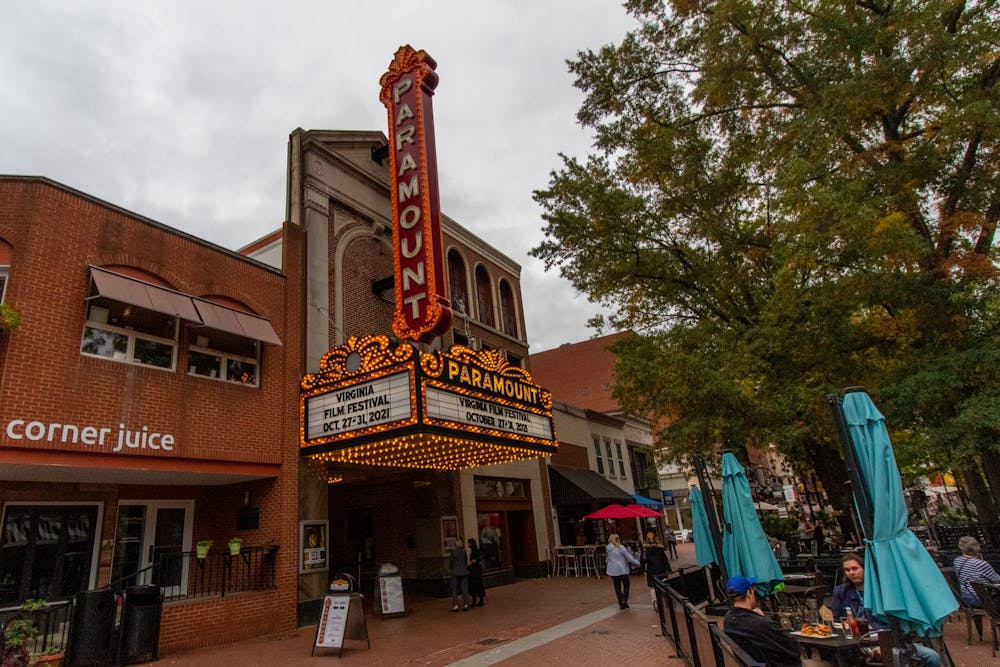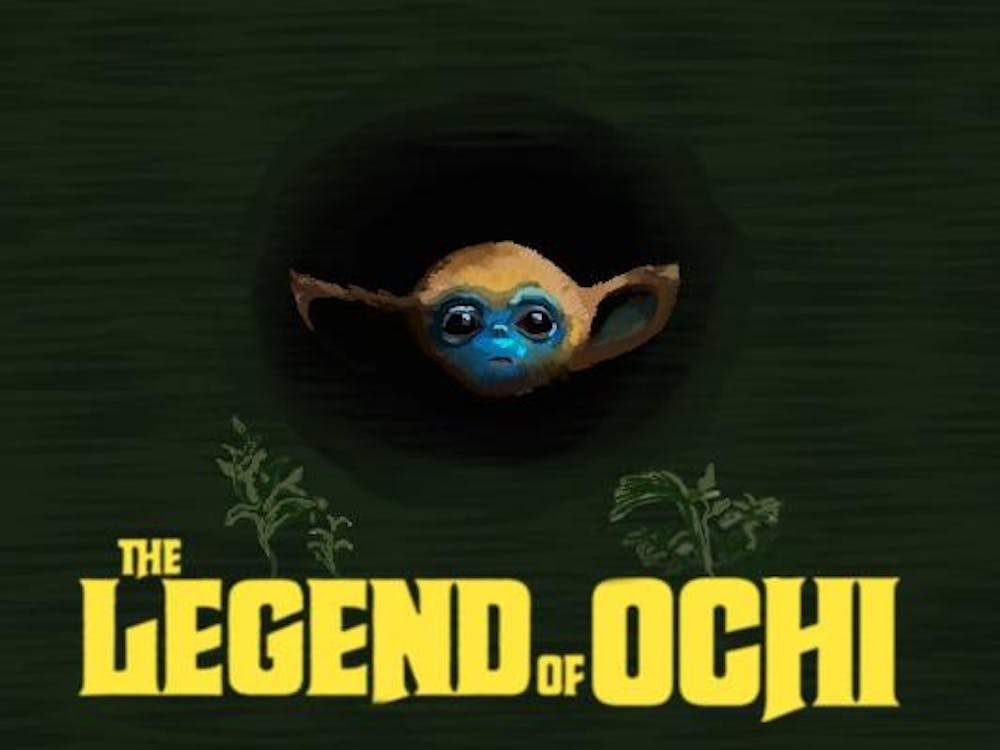An emblem of the Downtown Mall and Main Street, the Paramount Theater has given generations of Charlottesville natives a weekend escape from the banality of real life. This year, the Paramount is celebrating 90 years since its opening, one year late due to the pandemic.
“We've been celebrating our 90th anniversary since last November,” Director of Communications Andy Pillifant said. “We've been doing 25 cent features for that…We've done a film from every decade of our history, starting with the 1930s.”
The theater is putting on many events to celebrate the site’s rich history, including tours where patrons can learn about a place that has been a long-standing staple of the Charlottesville community.
As explained on these tours, the original theater opened in 1931, in the early Great Depression, and it quickly became a staple of the community. Couples, families and individuals alike would attend the dazzling theater for movies as well as vaudeville shows, war bond rallies, concerts and community events.
The original architectects of the theater, C.W. and George Rapp, intended for the theater to look like a palace, influenced by Greco-Roman architecture. Upon entering the theater, there is a grand, arched hallway, with golden detailing lining each wall and grand movie posters of the events to come. The preservation of the theater’s original atmosphere is very important to the staff to this day.
“I kind of think of it as like a bit of a time machine,” Pillifant said. “When you come in, you don't have all the neon lights and the kind of the setup and the decor that you would if you went to a more modern movie theater.”
Though the current building preserves the atmosphere of the 1930s, the theater has gone through many changes since then. Business boomed for the Paramount until around the 1960s, when economic let-down caused the allure of the theater to lose its sparkle. Owners of the theater sought to modernize, hoping to rope customers back in. However, this move did not have the effect owners desired, and the Paramount closed its doors in 1974.
For over 30 years, the building sat unoccupied, accumulating dust, mold and rodents, damaging the once-beautiful infrastructure. Lore shared during the tour says that University fraternity is even said to have hosted a haunted house in the abandoned building for a few years. There were talks of demolishing the theater for good. However, Charlottesville citizens would not give up hope just yet.
In 1992, Paramount Theater Inc., a nonprofit designed to renovate the theater, purchased the property with grant money from the City of Charlottesville. They began the work to restore the theater to its original grandeur, which ended up being a $16.2 million dollar endeavor. The project included not only bringing the original parts of the building back to life but also expanding to accommodate modern needs.
New seats allow more comfort for patrons. The stage expanded by 15 feet to accommodate more onstage performances, as the stage was originally designed to show movies.
“[The size] creates an intimate environment and an intimate setting for that audience and for that performer,” Pillifant said.
However, there are a few key components that remain from the theater’s beginning. The ornate detailing of the ceiling as well as the balconies next to the stage that used to house organ pipes are all from the original building. Perhaps the most encapsulating part of the theater is two massive silk paintings on either side of the audience, salvaged from the original Paramount. These Elizabethan style paintings were designed to remind patrons of Europe, giving them the feeling of traveling to a far off place.
The effort in money the City of Charlottesville poured into the theater to revitalize it paid off — in 2017, the Paramount was named the Outstanding Historic Theatre, an award that recognizes its impact on the community, rich history and its dedication to preserve that history.
The Paramount remains driven by the community, always aiming to put its patrons at the center of the hundreds of events they put on every year.
“We make our events here accessible to the community,” Pillifant said. “We're a non-profit theater. Our goal is to present a diverse lineup in our calendar of programming so that we don't price anybody out of an opportunity to come here.”
Pillifant encourages University students to venture past the bubble of grounds to explore and learn about the greater historic Charlottesville community, which many have yet to even visit.
“The more you can learn about where you live, I think everybody should,” Pillifant said. “Whether you're in college or elementary school or you're retired.”







